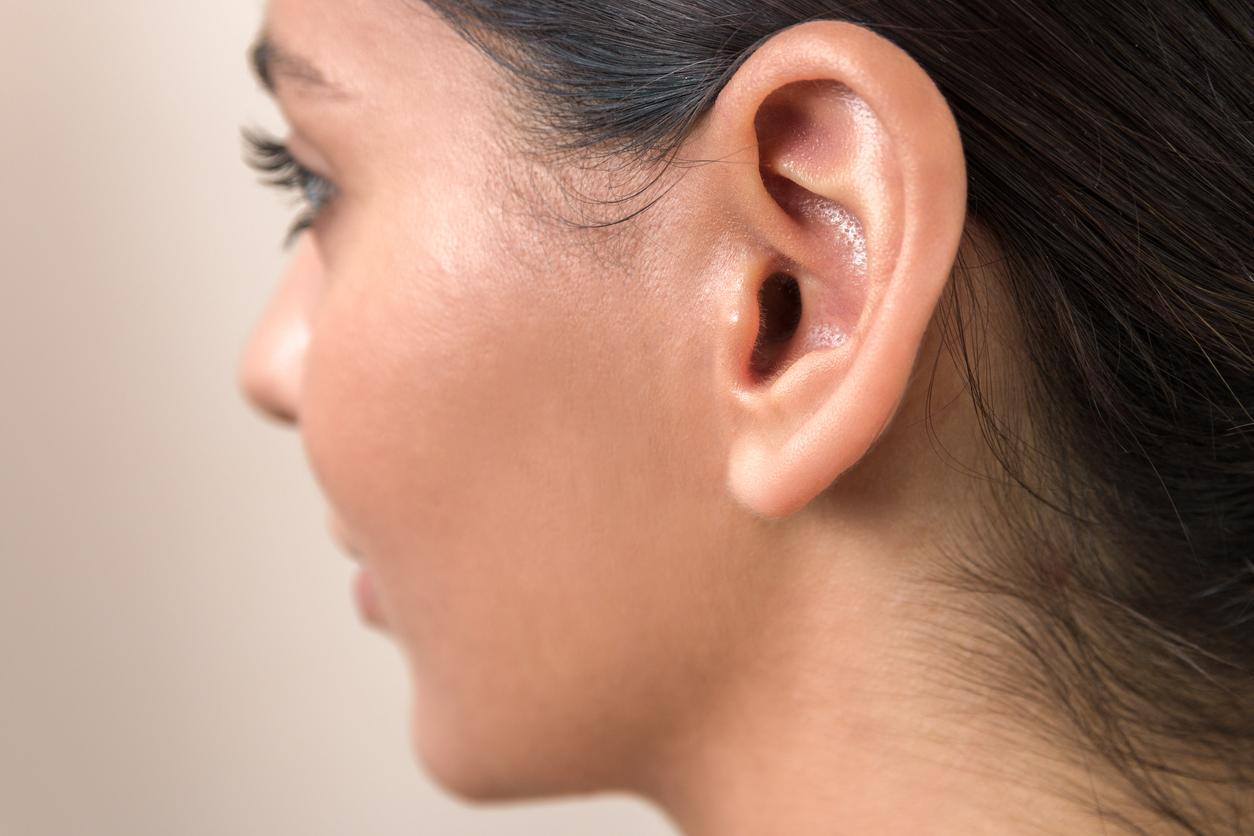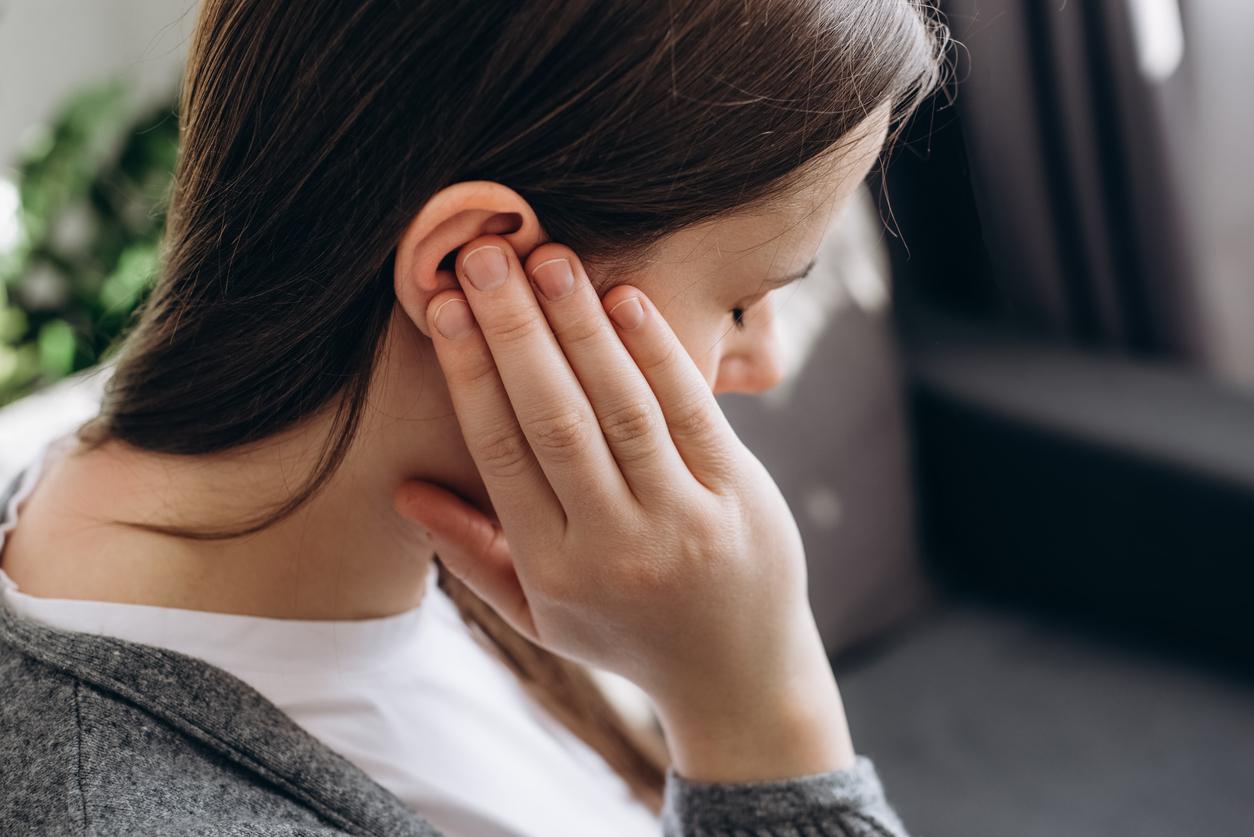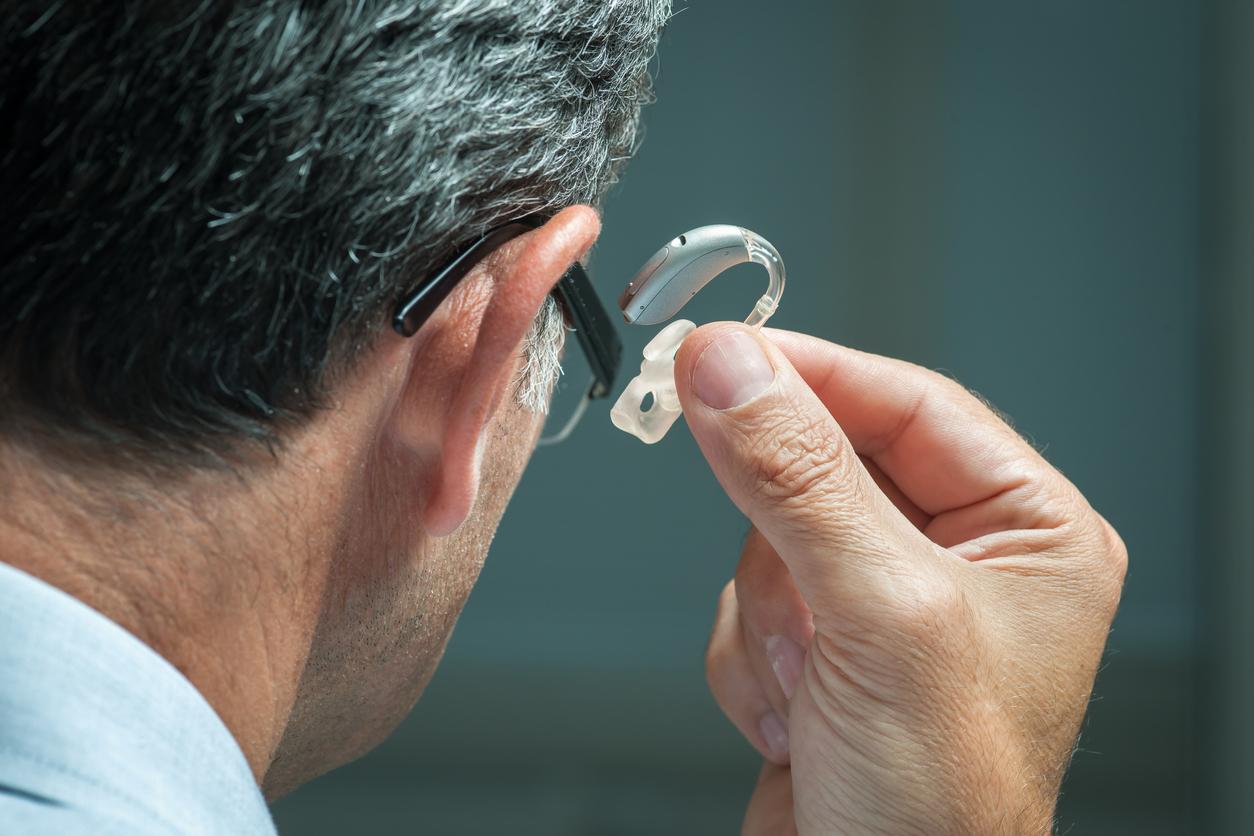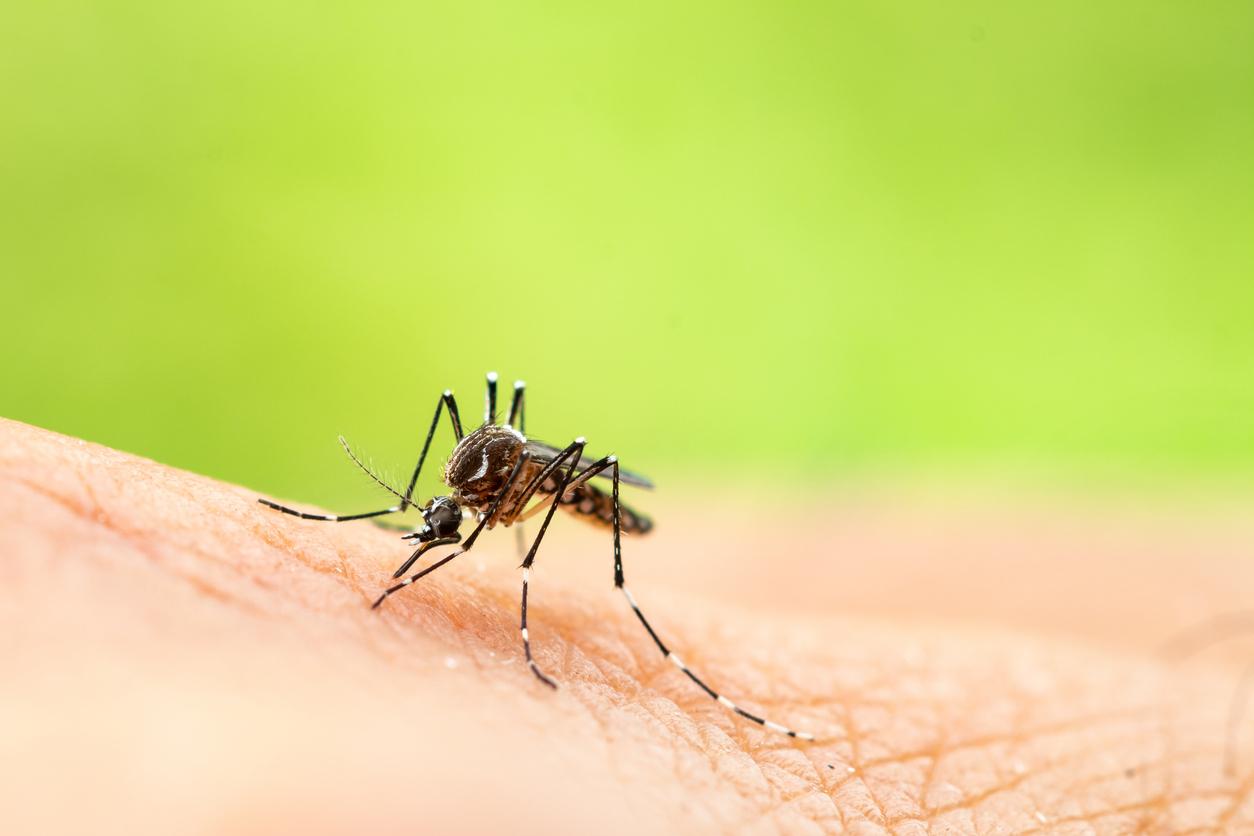For several years we have been able to listen to music at a high sound level for a very long time with sound processing conditions that remain very different from natural sound. And this is not without risks.

- Music is used in multiple therapies and remains beneficial in the treatment of certain pathologies. However, compressed sound over the long term is harmful to our hearing health.
- Since the 2000s, sound compression has been a widely used way to obtain music “without pauses” between each sound.
- Except that prolonged listening can be dangerous: “there is hearing fatigue, with the appearance of tinnitus which is due to this overcompression”, explains Christian Hugonnet, President and founder of the LA SEMAINE DU SON association.
Music is a sound, an acoustic wave which can have physical effects: not only on the receiver, which is the inner ear, making it vibrate too loudly, but also on the neurons which encode the message and process the musical information. .
Blame it on sound compression!
According to Christian Hugonnet, President and founder of the LA SEMAINE DU SON association, this is where “dangers will emerge. For some time now, we have noticed a massive use of compression for reasons that are not always reasonable… This compression eliminates the silences during which the auditory system could rest and reconstitute itself. An element not to be neglected because we need its silences to keep our cells in good condition. Music can cause overstimulation.”
Most (if not all) of the music we listen to is, in fact, compressed. It is a technique used by sound engineers so that the gaps between sounds are reduced as much as possible, thus creating osmosis and fluidity between each. Except that prolonged listening can be dangerous: “there is hearing fatigue, with the appearance of tinnitus which is due to this overcompression”.
“Densifying the sound excessively allows us to better capture sounds, to hear a sound extremely easily like when we are in videoconferences. These are sounds that are extremely dense in energy,” enlightens the president of the association.
Are neurons in poor condition after musical overstimulation?
People who are very exposed to compressed music are of particular concern to health professionals. Often very satisfied with the sound which seems very harmonious, they do not realize the consequences: “We can easily detect that sensory cells have been damaged, but it is difficult to detect that neurons have disappeared, except at autopsy. But compressed music makes these neurons work a lot, constantly without the slightest respite. We are imposing forced labor on neurons that are not made for that.”
According to one of these works on hearing health: “A 4-hour exposure to compressed music could cause the “protective reflex” to lose more than half of its strength, and this for a very long time. So it is on this that we try to plead for respect for a musical quality which maintains sufficient breathing between each sound. We think that there should be quality indicators that make it possible to broadcast music of correct quality”, concludes Christian Hugonnet.
Attention problems in people with tinnitus
Séverine Samson, Professor of Neuropsychology – Psychology Department, University of Lille, Institut Pasteur, speaks at the press conference dedicated to hearing health for UNESCO Sound Week: “According to recent studies, we realize that people who have tinnitus have problems that go beyond hearing problems, that is, they have attention problems, difficulty concentrating , very slow reaction times which very well corroborate the suffering they describe. But also difficulties with emotional regulation, they have diminished pleasure when listening to music and more negative sensations than those who do not have tinnitus.”
She had also described for The Hearing Foundation that “Tinnitus is a disabling medical condition. Its psychosocial impact is significant, including anxiety, depression, stress, irritability, irritability, concentration and sleep disorders which have deleterious effects on communication, education, professional life and mental health, quality of life, but also on daily life.”


















